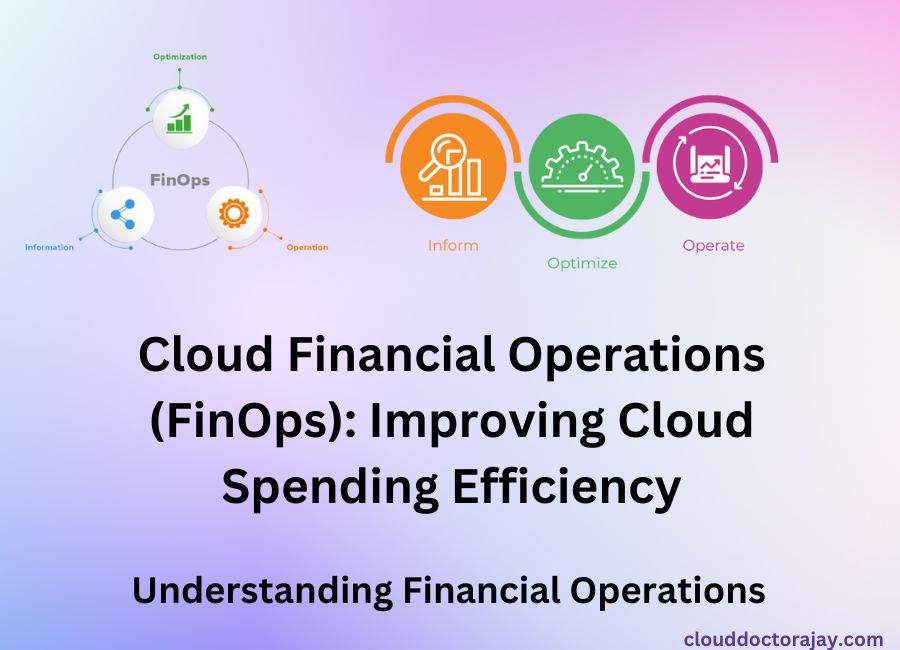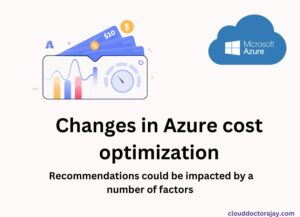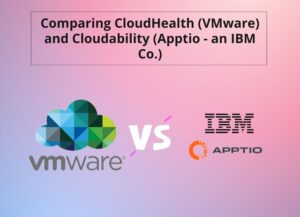Introduction to Cloud Financial Operations
Businesses are increasingly embracing cloud computing as a tool to scale, innovate, and optimize their operations in today’s fast changing technology landscape. However, cloud service adoption brings with it a new set of issues, such as managing and optimizing cloud expenditures.
This is where Cloud Financial Operations, often known as FinOps, come in. In this blog article, we’ll delve into the world of FinOps, investigating its fundamentals, benefits, and best practices.
Understanding Financial Operations
FinOps seeks to connect the utilization of cloud resources with business objectives, resulting in optimal cost-efficiency without losing performance.
Key FinOps Principles: –
Cloud Financial Operations FinOps Principles are given below
1. Collaboration
FinOps encourages collaboration among many teams inside an organization, such as finance, IT, operations, and development. Effective communication and collaboration among these teams guarantee that cloud expenses are collectively understood, managed, and maximized.
2. Accountability
Accountability FinOps places a premium on individual and group accountability for cloud costs. Organizations can guarantee that cost-related decisions are well-informed and aligned with business objectives by delegating responsibility for various areas of cloud usage and spending.
3. Optimization Culture
The constant optimization of cloud resources is a fundamental principle of FinOps. This helps to avoid unexpected expense overruns and improves financial planning.
4. Data-Driven Decision Making
Organizations may free up funding for new projects and innovations by managing cloud costs and resource allocation. This improves business agility and the ability to respond to changing market conditions swiftly.
Cloud GreenOps: Sustainable Cloud Computing for a Greener Future
Advantages of FinOps: –
For enterprises, putting FinOps practices into practice can have the following major advantages:
1. Cost-cutting
Organizations may find and stop wasting money when using cloud resources thanks to FinOps. Businesses may dramatically lower their cloud expenditures by optimizing resource allocation and utilization.
2. Better Resource Usage
FinOps urges businesses to carefully watch over and assess their cloud resources. As a result, resources are used more effectively and computing power, storage, and networking are distributed more effectively.
3. Managing the Budget
Organizations may more efficiently define and manage cloud budgets when FinOps procedures are in place. This makes it possible to better prepare financially and helps avoid unforeseen expense overruns.
4. Commercial Agility
Organizations may free up funds for new initiatives and projects by minimizing cloud costs and resource utilization. This increases organizational flexibility and the capacity to react swiftly to shifting market conditions.
FinOps Implementation Best Practices: –
FinOps implementation demands an organized strategy and adherence to best practices:
1. Form a Cross-Functional Team
Create a FinOps team comprised of people from finance, IT, operations, and development. This group will work together on cost-cutting and optimization initiatives.
2. Establish Cost Allocation and Tagging Policies
To track and categorize cloud expenses, use comprehensive cost allocation and resource tagging systems. This allows for precise cost attribution and analysis.
3. Use Cloud Cost Management Software
Utilize platforms and tools for cloud cost management to track, evaluate, and improve cloud spending. These tools offer perceptions into utilization trends, cost trends, and areas for improvement.
4. Establish cost goals and budgets
Establish precise spending limits and cost objectives for various initiatives, teams, or divisions. Review and modify these budgets on a regular basis in light of company priorities.
5. Track and Examine Cost Data
Analyse cost data on a regular basis to spot trends, outliers, and potential improvement areas. Make informed decisions on resource optimization using this data.
Exploring Azure Kubernetes Service and Azure Container Instances for AI Model Deployment
6. Automate Cost Optimization
To improve resource provisioning and deprovisioning, use automation and scripting. Automation makes it possible to limit resource activation to when it’s necessary.
7. Encourage a Cost Awareness Culture
Teams should be made aware of the value of cost management and optimization. Encourage an organization-wide culture of cost awareness and accountability.
Conclusion: –
The demand for effective cloud cost management grows as businesses continue to use cloud computing due to its scalability and flexibility. To reduce cloud costs and match them with business objectives, FinOps offers a framework that combines financial management, operational control, and cloud engineering.
Businesses can realize considerable cost savings, improve resource usage, and increase overall business agility by employing FinOps principles. Organizations may use FinOps to enhance their efficiency in cloud spending and promote sustainable growth by putting the correct policies and technologies in place.




